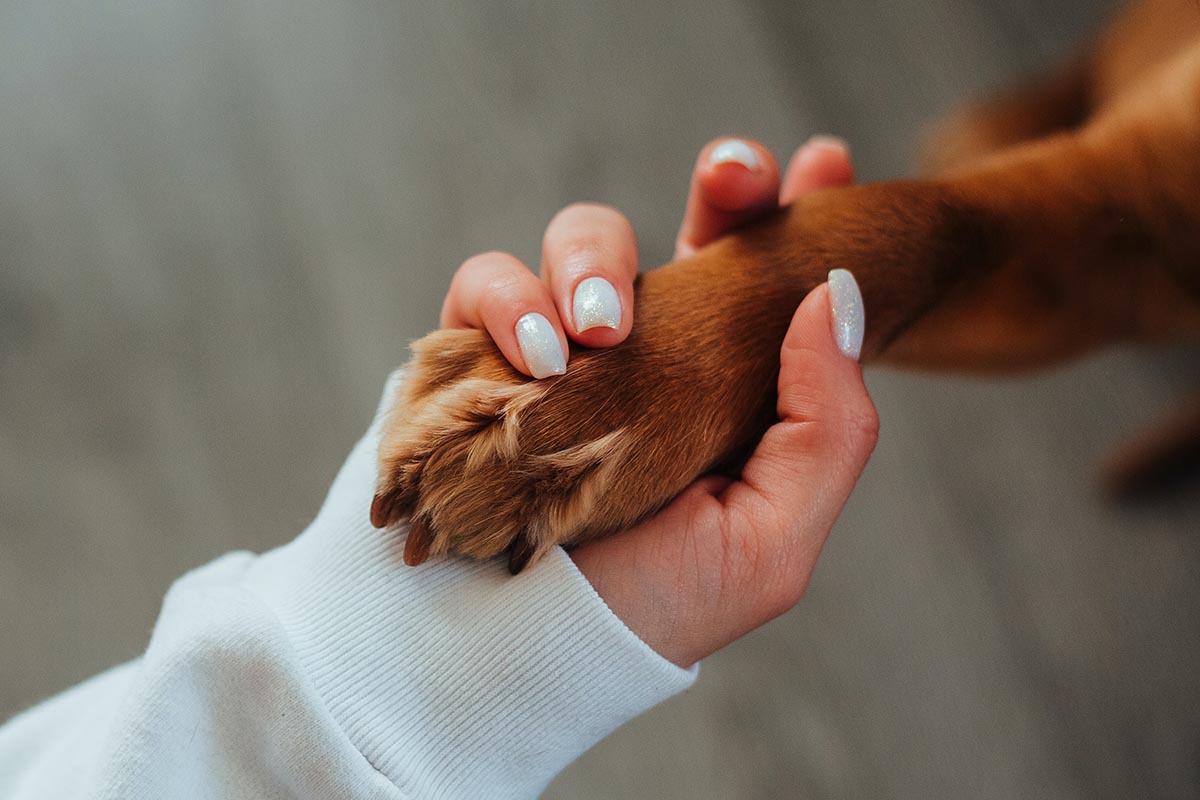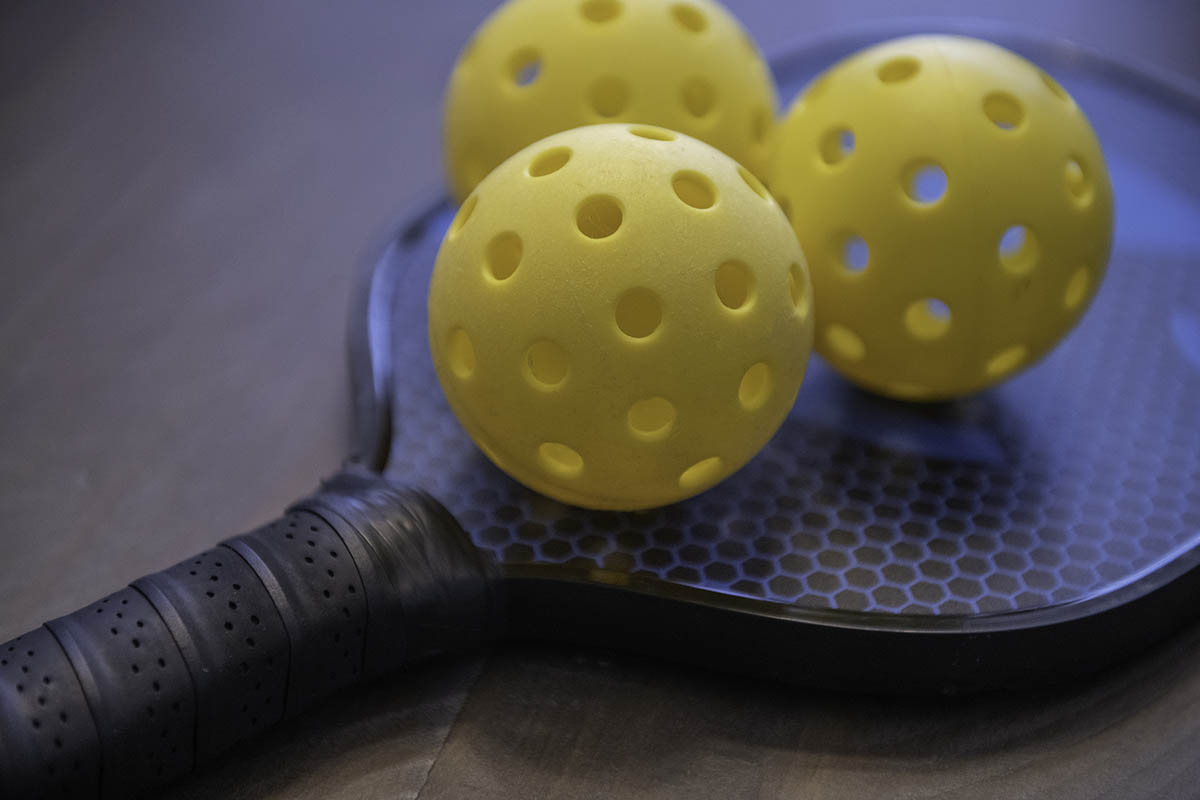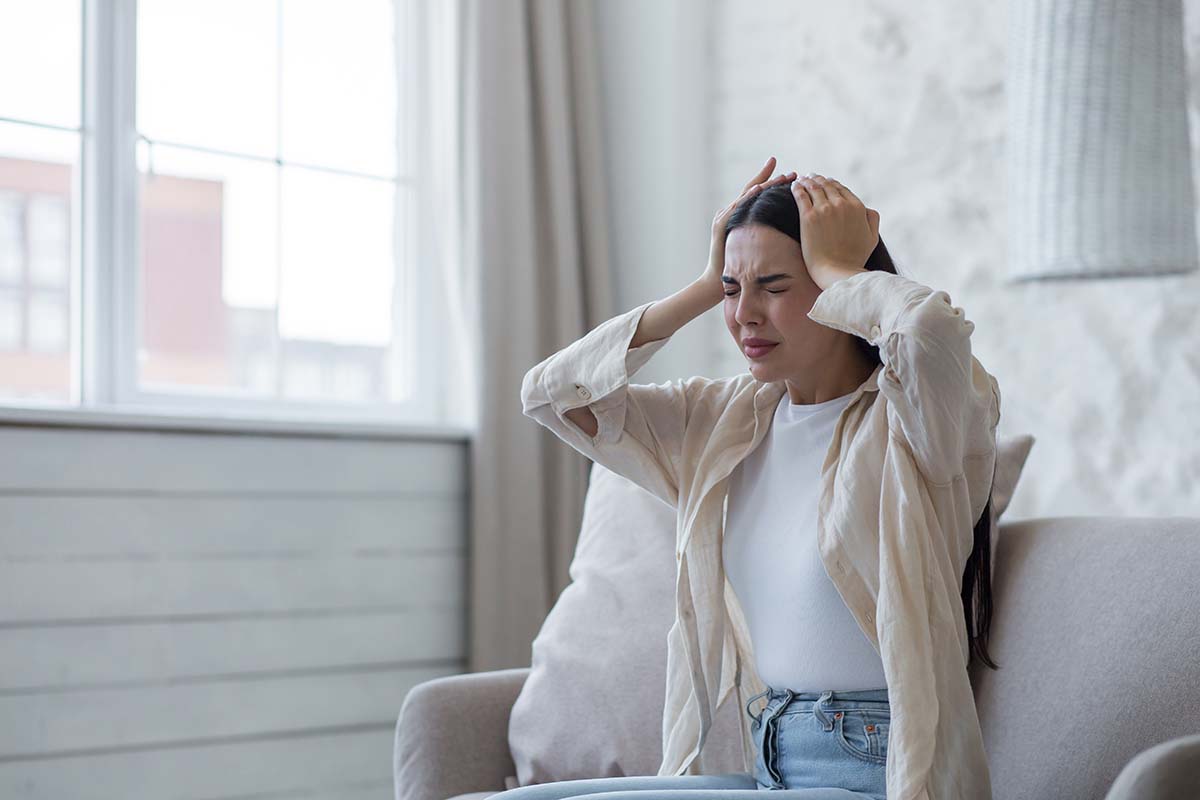Tips to Prevent Lick Granuloma: A Comprehensive Guide for Dog Owners
Lick granuloma, or acral lick dermatitis, is a common and frustrating problem among dogs. It occurs when a dog repeatedly licks and chews a specific area of their skin, resulting in inflammation and the formation of a raised, irritated sore. While the exact causes of lick granuloma can vary, it’s often triggered by underlying issues such as allergies, anxiety, or boredom. This comprehensive guide’ll explore tips to prevent lick granuloma and keep your furry friend happy and healthy.
Understanding Lick Granuloma
Before we dive into prevention strategies, it’s essential to understand what lick granuloma is and why it can be so troublesome for your dog. Lick granuloma typically appears as a circular, hairless, and irritated lesion on your dog’s skin. This condition is often a result of excessive licking, which various factors can trigger.
Identify Underlying Causes
The first step in preventing lick granuloma is identifying and addressing any underlying causes. Common triggers include allergies, anxiety, pain, or boredom. Allergies to food or environmental factors can lead to itching, prompting your dog to lick excessively. Anxiety or stress can also contribute to this behavior. If your dog is in pain or discomfort, they may lick as a way to self-soothe. Boredom can lead to destructive behaviors, including excessive licking.
Consult with a Veterinarian
If you suspect that your dog may be suffering from lick granuloma, it’s crucial to consult with your veterinarian. They can help determine the root cause of the problem and develop a treatment plan tailored to your dog’s needs. Treatment may include medications to alleviate itching, behavioral therapy, or addressing any underlying medical conditions.
Provide Mental and Physical Stimulation
Boredom can be a significant factor in the development of lick granuloma. To prevent it, make sure your dog receives ample mental and physical stimulation. Engage in daily playtime, interactive toys, and regular exercise to keep your dog’s mind and body active. A tired dog is less likely to resort to excessive licking as a way to alleviate boredom.
Maintain a Healthy Diet
Proper nutrition is essential for your dog’s overall health and can play a role in preventing allergies that may lead to lick granuloma. Consult your veterinarian to choose a high-quality, well-balanced dog food that meets your pet’s needs. Avoid feeding your dog table scraps or low-quality commercial foods, as these can trigger allergies and skin issues.
Manage Allergies
Allergies are a common cause of itching and can contribute to lick granuloma. Work with your veterinarian to identify and manage your dog’s allergies. This may involve dietary changes, allergen-specific immunotherapy, or medications to alleviate allergy symptoms.
Promote Stress Relief
Reducing stress and anxiety in your dog is crucial for preventing lick granuloma. Create a calm and comfortable environment at home, provide a routine, and use positive reinforcement training methods. Sometimes, your veterinarian may recommend anxiety-reducing medications or supplements to help your dog relax.
Use Protective Measures
Consider using protective measures to prevent your dog from licking or chewing a specific area. This can include using an Elizabethan collar (the “cone of shame”) to restrict access to the affected area. Ensure that the collar fits comfortably and doesn’t cause additional stress to your dog.
Regular Veterinary Check-Ups
Regular veterinary check-ups are essential for catching any potential issues early. Your vet can monitor your dog’s overall health and address any concerns promptly. This proactive approach can help prevent the development of lick granuloma or catch it in its early stages when treatment is more effective.
In conclusion, preventing lick granuloma in your dog involves identifying and addressing underlying causes, providing adequate mental and physical stimulation, maintaining a healthy diet, managing allergies, promoting stress relief, using protective measures when necessary, and scheduling regular veterinary check-ups. By following these tips, you can help keep your beloved canine companion happy and free from the discomfort of lick granuloma. Remember that every dog is unique, so working closely with your veterinarian is essential to tailor a prevention plan that suits your dog’s specific needs.




















